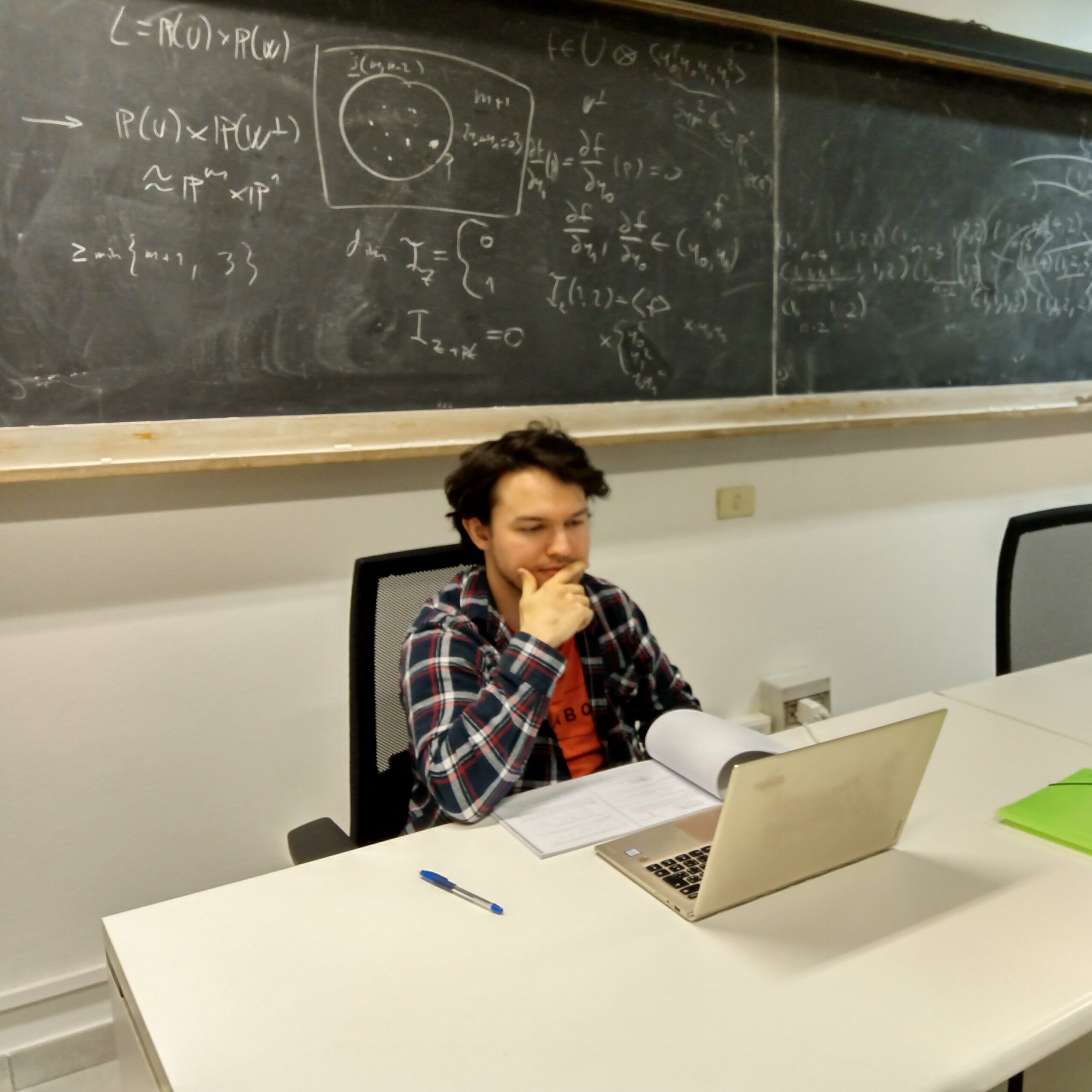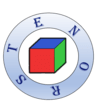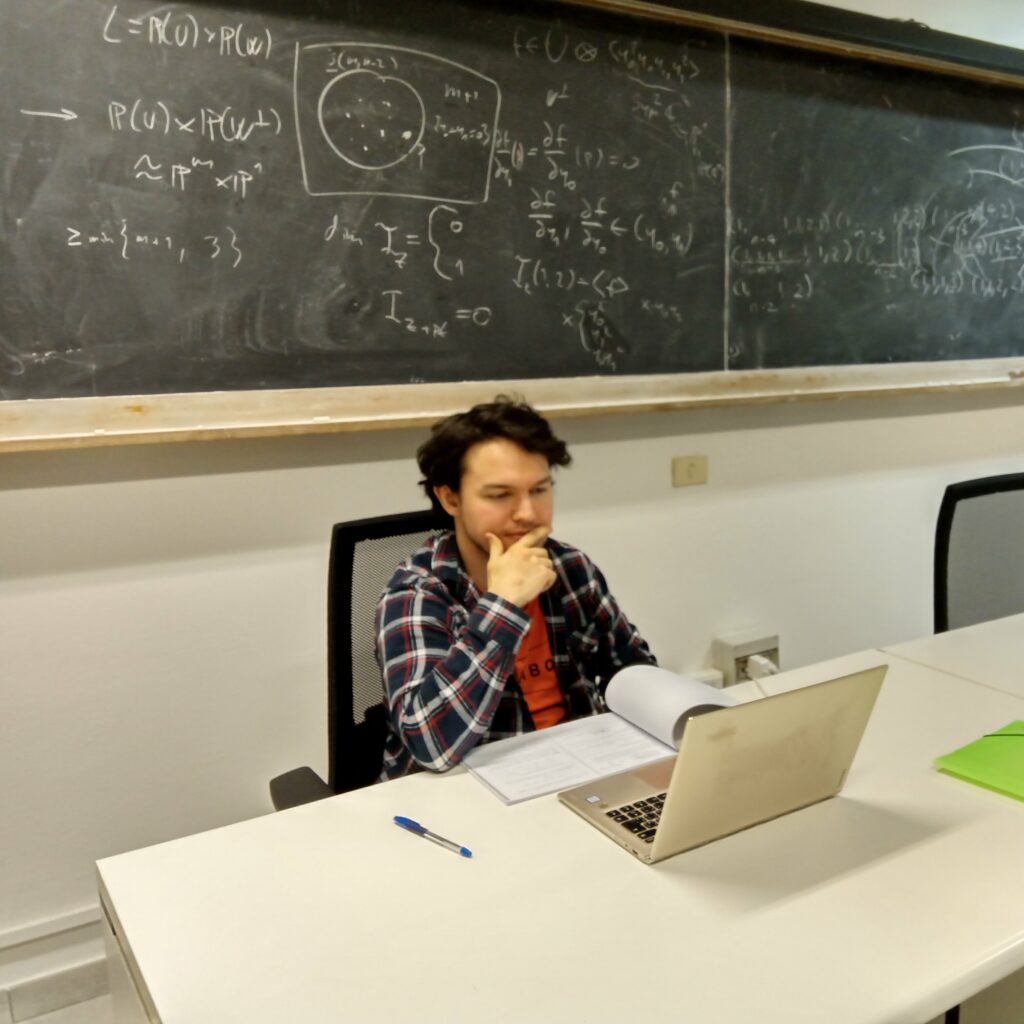By Matej Dolezalek, University of Konstanz
Since I happen to be the first person in the network to go on a secondment, I’d like to write a few words about my experience. I hope that my account may be of non-zero interest to someone and perhaps even an amusing point of comparison for others once they start their respective secondments.
First, I believe some context about my slightly unusual situation is in order. My PhD position is primarily located in Konstanz, but since my advisor, Mateusz Michałek, has been on sabbatical this past autumn and winter, I began instead with my secondment in Firenze with Giorgio Ottaviani. In total, I should spend 12 months in Firenze, split into two blocks of 6 months. The first of these blocks is now coming to a close, after which I will move to Konstanz to start there.
I first arrived in Firenze on October 30th. Being the procrastinator that I am, I had only found an apartment a week prior, but at least I had one. The weather in Italy was surprisingly warm, and I used the first few days to walk around the city and see the canonical landmarks (e.g. the Duomo, Piazza della Signoria, Ponte Vecchio). On my first visit to the University, I met with Giorgio and with Nikhil Ken, who would be my colleague here, and received a desk and office key. In parallel, I was also setting up some administrative matter in Konstanz. This could be a little comical at times, because unsurprisingly, the relevant processes often assume that if you start working somewhere, you are also physically present there — which I was not.
A decision that I am happy I made is that I decided to become more organized in my PhD, like taking notes during our roughly weekly meetings and actually keeping those notes in a reasonable manner (this may be a low bar, but nonetheless a big step for me). Now this affords me the opportunity to structure the remainder of this post as a timeline of sorts of various milestones or highlights of my secondment, an anatomy of a short-ish mathematical project, if you will:
November 4th 2024: Giorgio introduces the problem of secant varieties Segre-Veronese varieties and gives me and Nikhil the following exercise: five linear forms in three variables are given, find a degree 2 differential that annihilates the fourth powers of each. (Experts will recognize this as one of the exceptional cases in the Alexander-Hirschowtiz theorem.)
November 14th 2024: Nikhil and I attend a meeting of the Applied Algebraic Geometry seminar in Bologna. This is a group connecting many researchers in algebraic geometry from universities in Italy.
November 22nd 2024: We start attending the doctoral course on Tensor spaces given by Giorgio and Cosimo Flavi. At the same time, we think we’re starting to understand the inductive methods for proving non-defectivity. I especially like this approach, because it’s very elementary: just basic linear algebra and a lot of induction, one just has to be careful in arranging it. The tricky part that remains is verifying the many base cases that are needed for these inductions — one does this on a computer of course, but the computations seem to balloon very quickly.
December 13th 2024: A second meeting of the AAG seminar in Bologna. At the same time, we finally have some novel result. It’s on Segre-Veronese embedded by O(2,2) — the trick is exploiting the symmetry between the two factors.
December 20th 2024: I fly home for Christmas. Passing the time waiting for my flight, I stumble across a paper on secant varieties of Chow varieties. They seem to be doing similar constructions to us, and better yet, there have an implementation that’s able to check some really big base cases! So naturally, this leads me to spend a lot of my Christmas break coding.
January 17th 2025: The computational effort is shaping up rather nicely. We seem to have in reach a set of base cases that would give us non-defectivity on a large swath of Segre-Veronese varieties embedded by O(1,2) — essentially when the quadratic factor is sufficiently large with respect to the linear factor. So we request access to some larger machine from the University to run our computations on.
February 2nd 2025: Just as we are about to depart for the Learning Week in Sophia Antipolis, we seem to have managed to check all the base cases we need. Thus we have our result, so it’s time to start writing it up. Also, it’s my birthday.
March 17th 2025: We now have an article draft that we are pretty happy with, so we send it out to several colleagues, recommended by Giorgio, for comments, suggestions and other feedback.
March 26th 2025: I discover a mistake I made in one of the proofs and scramble to fix it. Such is life. Better than catching it after submitting, I guess.
March 27th 2025: We submit the article on ArXiv. The work’s not done just yet though, we still need to submit to a journal and see our article all the way to publication.
Here, we reach the present — at least for me writing these words. By the time you read this, hopefully the preprint is already announced and available. In the meantime, I’ll be enjoying my last few weeks in Firenze and preparing to move to Konstanz.





